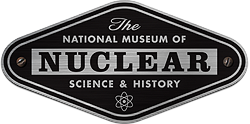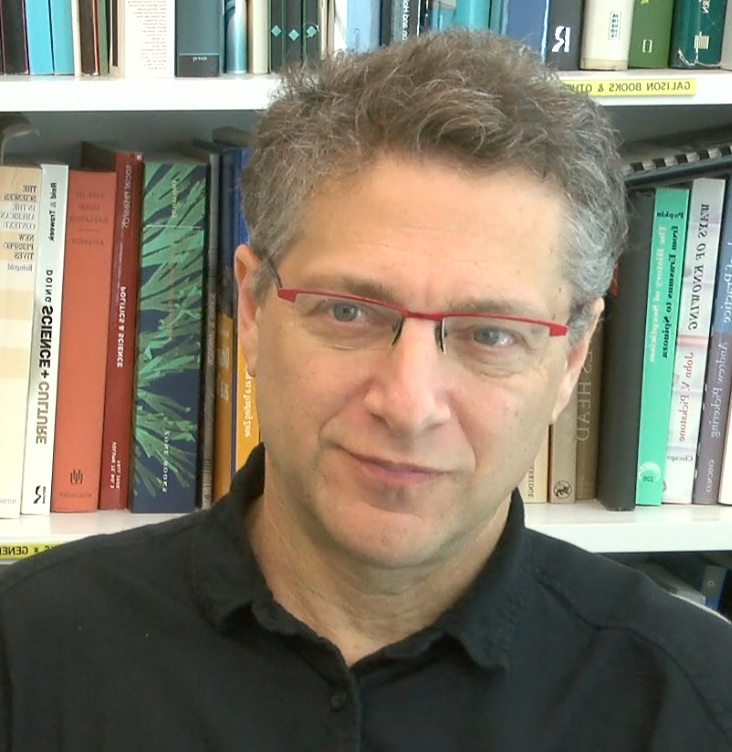Peter Galison is the Joseph Pellegrino University Professor in History of Science and Physics at Harvard University. He received his Ph.D. from Harvard University in both Physics and the History of Science in 1983. The central component of Galison’s work involves the exploration of twentieth century physics, including atomic, nuclear, and particle physics. In particular, he examines physics as a closely interconnected set of scientific subcultures: experimenters, instrument makers, and theorists.
Galison has published a number of books, including Big Science: The Growth of Large-scale Research, Image and Logic: A Material Culture of Microphysics, and Einstein for the 21st Century: His Legacy in Science, Art, and Modern Culture.
Galison courses include: “History and Philosophy of 20th-Century Physics;” “History and Philosophy of Experimentation;” “Fascism, Art and Science in the Interwar Years;” “Scientific Realism;” “The Einsteinian Revolution;” seminars on Critical History and on the History and Philosophy of Theory in 20th Century Physics; and “Filming Science.”





